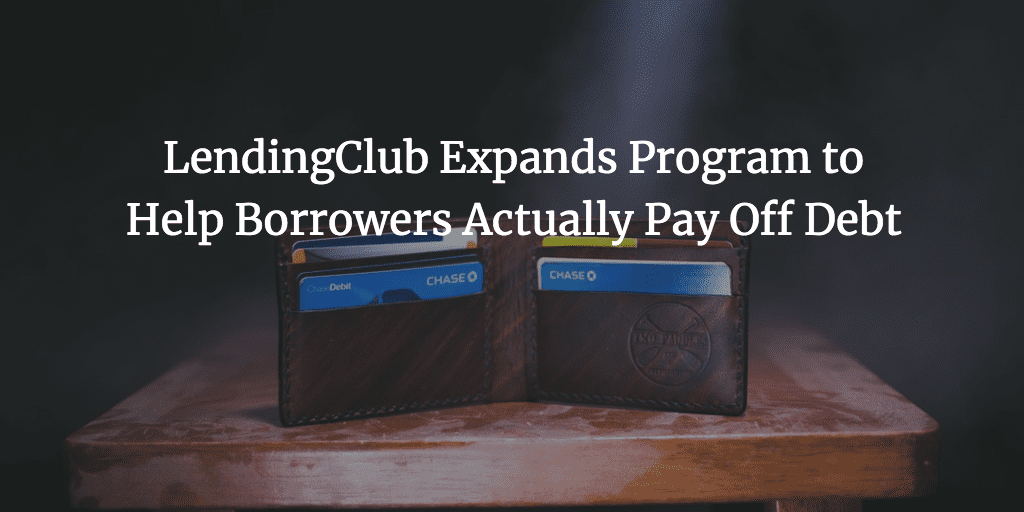
One of the most powerful things about getting an online personal loan is being able to get out of high interest debt like credit card debt. Debt consolidation is one of the primary use cases for loans through platforms like LendingClub, but the benefits of a lower rate personal loan are only realized if the borrower actually uses it to pay off the higher interest debt. This is one of the things that first got me excited about the online lending industry. When used correctly, it is truly a win-win relationship for the lender and borrower.
For this reason I had always been interested in LendingClub’s direct payoff feature which has been mentioned a few times over the last few years by the company. Today, LendingClub officially announced the expansion of that program which allows for debt payoff as part of the loan process. They are now calling it a balance transfer loan and consumers are able to share their account information as well as the amount that they want to pay down on the account. LendingClub then makes sure that the loan is applied directly to the debt and if any remains, it is deposited into a bank account.
LendingClub shared a few stats on borrowers who choose this method:
- Save an average of nearly $900 over the course of their loan
- Cut their credit card interest rate nearly in half
- Increase their credit score in just three months
The product has been tested for over a year and LendingClub is working with a partner network of over 1,700 credit card, bank and loan companies to make the process seamless. What’s interesting is borrowers can add up to 12 creditors per loan which is an important feature since borrowers often hold balances across many cards.
While the balance transfer loan isn’t a revolutionary idea, the reality is that no other lenders are offering this feature in this way. Balance transfer credit card offers have existed for quite some time, but these offerings typically come with an introductory offer which can result in the borrower simply extending the length of time they hold the debt. Moreover, once the introductory offer expires the borrower is still left with high interest debt, simply on a different card assuming they didn’t make extra payments. Going forward I wouldn’t be surprised to see other personal loan providers implement a similar feature.


